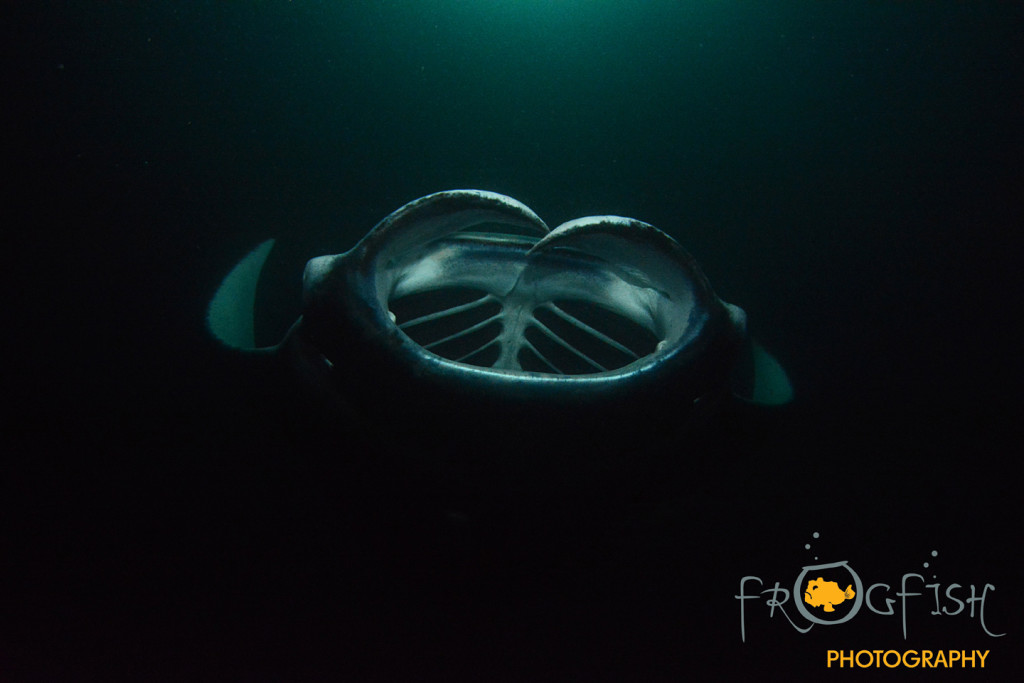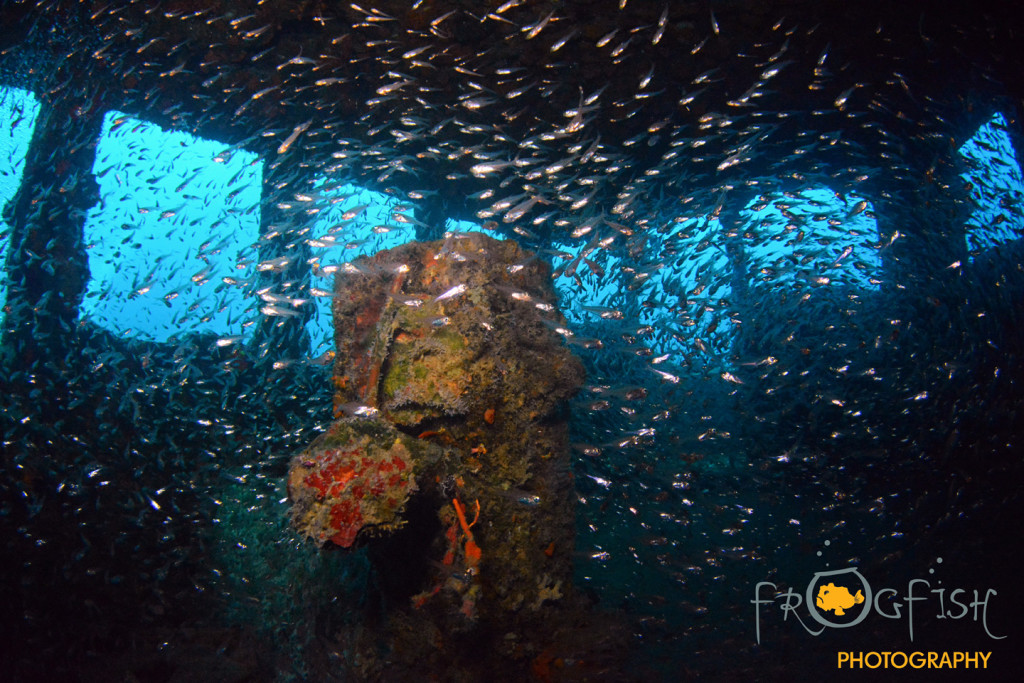Photo / Video News & Reviews
S.U.P.E.R. Part 4: Nauticam NA-D7100 housing for the Nikon D7100 DSLR camera
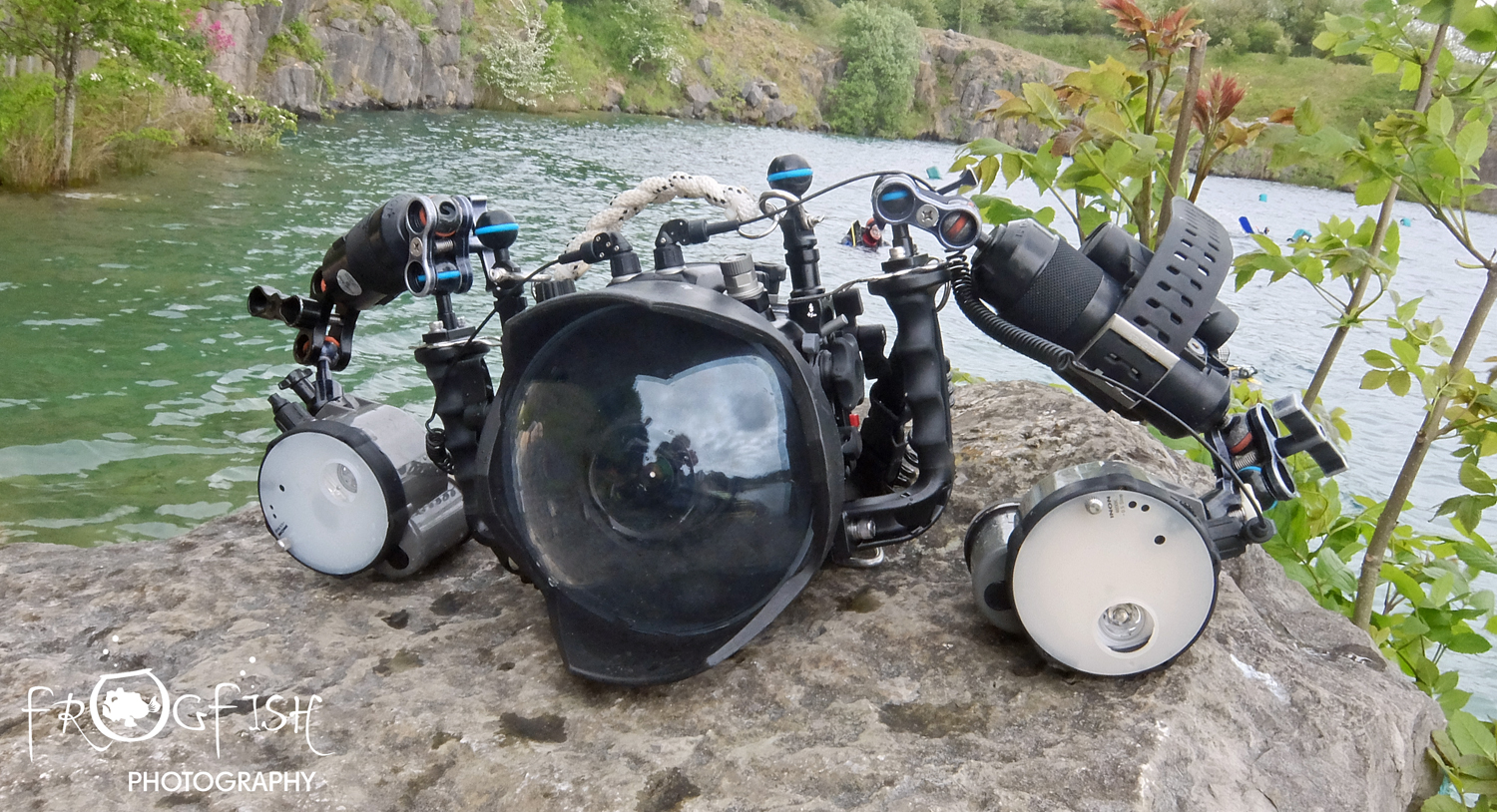
In our ongoing series S.U.P.E.R. (Scubaverse’s Underwater Photography Equipment Reviews), Nick and Caroline Robertson Brown from Frogfish Photography will be reviewing new underwater photography equipment, general diving equipment, and some older favourites too.
For the fourth instalment of S.U.P.E.R., Nick and Caroline will be looking at Nauticam’s NA-D7100 housing for the Nikon D7100 DSLR camera.
Change is difficult! I have been using the same underwater camera & housing for the last 5 or more years, and the thought of upgrading left me feeling panicked at both the idea of having to learn a new system and being hauled out of my comfort zone, and of course, the cost. But it was time for my existing system to be retired, and I leapt forward and ordered in a brand new Nauticam housing for a Nikon D7100. I have taken the system underwater now on 17 dives in the Maldives, plus a quick pool session before we left. What are my initial thoughts?
Firstly, I was delighted that Nauticam offer a system that allows you to use your existing (non-Nauticam) ports, so I did not have to go and spend close to £1000 on a new large glass dome port. I could keep the existing one, and simply buy an adapter to continue using it with my new housing. Many underwater photographers never change housing systems simply because of this restriction and so it is refreshing to have this option now, and know I will have a great choice of ports when I choose to upgrade these at a later date.
When I first pulled the housing out of the box, I had to smile, as it is a thing of beauty. It has a shiny black aluminium body, with solid, knobbed dials that are easy to use even with thick gloves on. It looks and feels solid and, as such, has a depth rating of 100m.
Putting this housing in the water for the first time was a bit daunting! Not because I was worried about the new system leaking (more about this later), but because the housing has been designed so well, that every single button, menu and lever can be accessed with the camera in the housing, and I was now going to have to think about all of this. No excuses for any poor images! However, I was delighted to find that it was easy to find everything, intuitive to use and I only stumbled on a couple of occasions. Once when I accidentally put the lens into manual focus, and took a while to realize that this was what I had done, and on another occasion being unable to remember where the video button was located whilst sat in the dark on a night dive that was only the 3rd dive I’d had the camera in my hands.
At first, before I had even put the camera in the water, I had difficulty reaching the aperture control wheel and shutter button at the same time, whilst still keeping hold of the housing handle. One mention of this to Nauticam UK, and a new handle arrived the next day that was positioned better for me, and the issue was resolved. Now that is what I call customer service.
I love that I have 4 ball mounts where I can attach strobes, lights or my GoPro. I also love the rope lanyard that makes it easy for dive guides to understand where to grab and lift the camera out of the water, rather than holding a strobe arm or worse. I also went for a 45 degree view finder – that again takes a bit of getting used to, but is well worth it, with excellent optics to see your images and it allows you to get close down to the reef to take your shots. One small downside of this viewfinder is that it does make reviewing images and shooting video a little harder, as it slightly obscures the back screen. Nauticam have thought of this already, and do offer an additional housing to be able to mount a monitor that gives those wanting to use this camera for video, a great option for smoother well composed films.
Another highlight of my new Nauticam housing is the vacuum leak detector. This allows me to check the integrity of my seals before I get in the water. A coloured light system on the back of the housing tells me if the housing is waterproof, without having to put it in water to check, or find out the hard way! Another new feature for me is the ability to use fibre optic, without the camera flash being popped up. Instead, a flash trigger is attached to the camera hot-shoe and this in turn fires your strobes via fibre-optic cable. This means that you have far less delay in recycling time on your strobe firing, improving battering life, and you can keep up with all the action going on underwater.
There are so many great features of my new Nauticam housing, it is too much for a short review to cover. But you can know that I am very happy with my new system, which should last me a very long time. So far I have only shot wide angle, and so have lots more testing and getting in tune with this setup. I am already looking forward to my next dives with it. More good news – should I choose to upgrade to the next camera model up – the Nikon D7200, it will fit in this Nauticam housing too.
Discuss this review in the Scubaverse Forum.
Blogs
Diver Discovering Whale Skeletons Beneath Ice Judged World’s Best Underwater Photograph
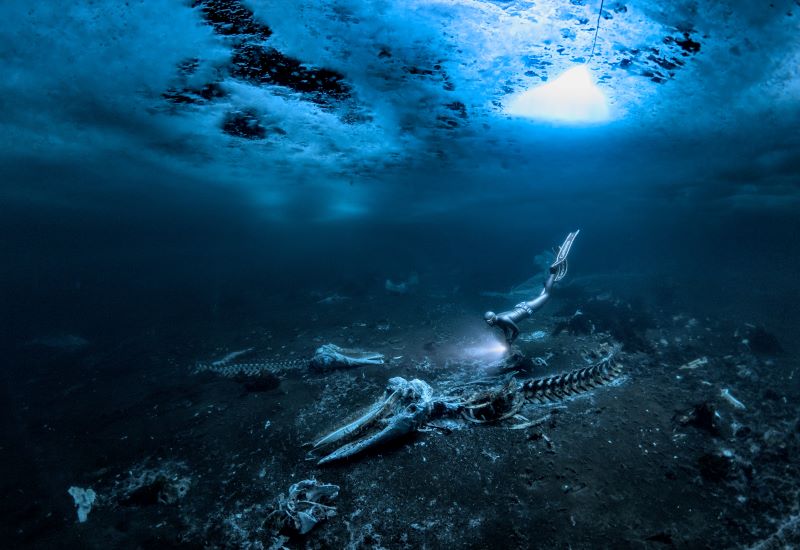
An emotive photograph showing a freediver examining the aftermath of whaling sees
Alex Dawson from Sweden named Underwater Photographer of the Year 2024. Dawson’s
photograph ‘Whale Bones’ triumphed over 6500 underwater pictures entered by underwater
photographers from around the world.
“Whale Bones was photographed in the toughest conditions,” explains chair of judging
panel Alex Mustard, “as a breath-hold diver descends below the Greenland ice sheet to bear
witness to the carcasses. The composition invites us to consider our impact on the great
creatures of this planet. Since the rise of humans, wild animals have declined by 85%. Today,
just 4% of mammals are wildlife, the remaining 96% are humans and our livestock. Our way
needs to change to find a balance with nature.”
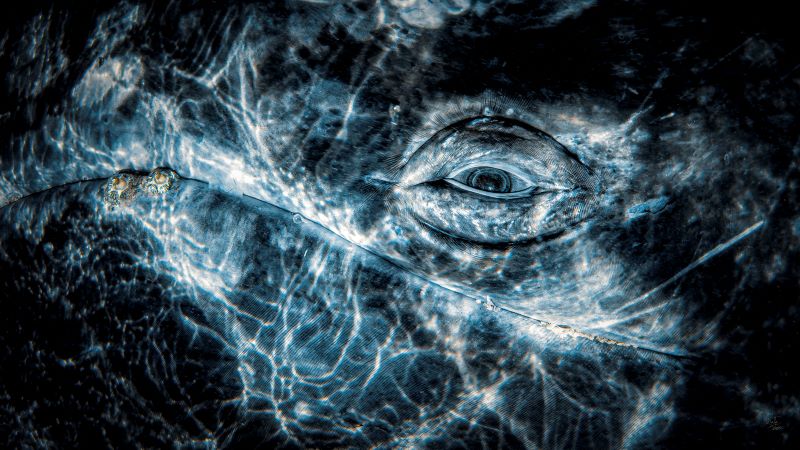
Photo: Rafael
Fernandez Caballero
Whales dominated the winning pictures this year with Spanish photographer Rafael
Fernandez Caballero winning two categories with his revealing photos of these ocean giants:
a close up of a grey whale’s eye and an action shot of a Bryde’s whale engulfing an entire bait
ball, both taken in Magdalena Bay, Baja California, Mexico. Fernandez Caballero took ‘Grey
Whale Connection’ while drifting in a small boat, holding his camera over the side in the water
to photograph the curious whale. ‘The End Of A Baitball’ required Fernandez Caballero to dive
down and be in exactly the right place at the moment the whale lunged. “The photo shows
the high speed attack,” he said, “with the whale engulfing hundreds of kilograms of sardines
in one bite — simply unforgettable to see predation on such a scale.”
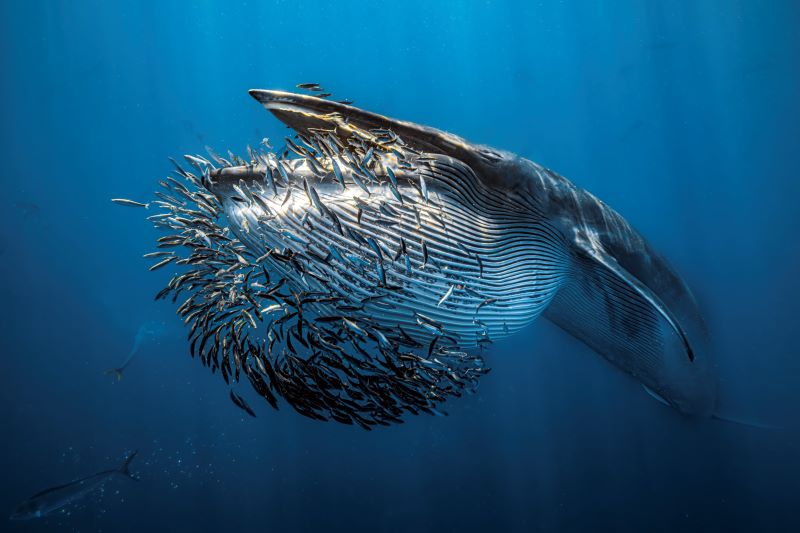
Photo: Rafael
Fernandez Caballero
Lisa Stengel from the United States was named Up & Coming Underwater Photographer of the Year 2024 for her image of a mahi-mahi catching a sardine, in Mexico. Stengel used both a very fast shutter speed and her hearing to catch the moment. “If you listen there’s an enormous amount of sound in the ocean,” she explained. “The action was too fast to see, so I honed in on the sound of the attacks with my camera to capture this special moment.”
“It is such an exciting time in underwater photography because photographers are capturing such amazing new images, by visiting new locations and using the latest cameras,”
commented judge Alex Mustard. “Until this year I’d hardly ever see a photo of a mahi mahi,
now Lisa has photographed one hunting, action that plays out in the blink of an eye.”
The Underwater Photographer of the Year contest is based in the UK, and Jenny Stock,
was named as British Underwater Photographer of the Year 2024 for her image “Star
Attraction”, which finds beauty in species of British wildlife that are often overlooked.
Exploring the west coast of Scotland, Stock explained “in the dark green depths my torch
picked out the vivid colours of a living carpet of thousands of brittle stars, each with a
different pattern. I was happily snapping away, when I spotted this purple sea urchin and I
got really excited.”
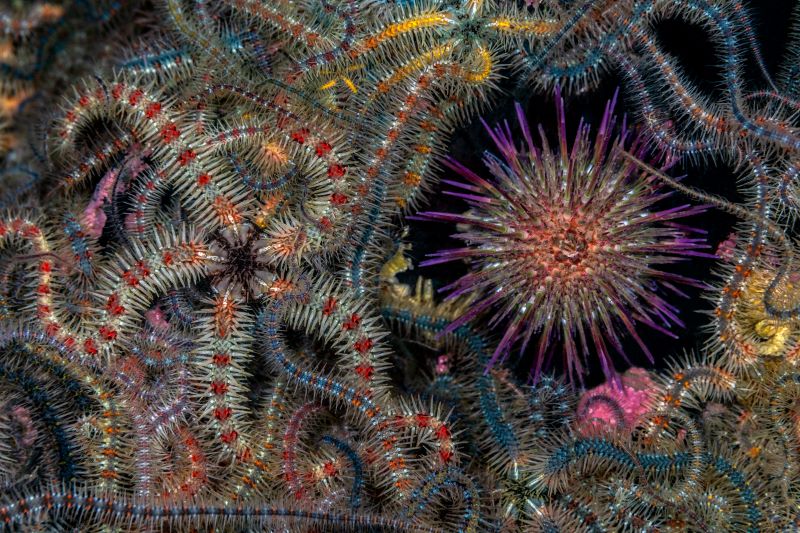
Photo: Jenny Stock
In the same contest, Portuguese photographer, Nuno Sá, was named ‘Save Our Seas
Foundation’ Marine Conservation Photographer of the Year 2024, with his photo ‘Saving
Goliath’, taken in Portugal. Sá’s photo shows beachgoers trying to save a stranded sperm
whale. The picture gives us hope that people do care and want to help the oceans, but also
warns us that bigger changes are needed. “The whale had been struck by a ship and its fate
was sealed,” explains Sá. “An estimated 20,000 whales are killed every year, and many more
injured, after being struck by ships-and few people even realise that it happens.”

Photo: Nuno Sá
More winning images can be found at www.underwaterphotographeroftheyear.com.
About Underwater Photographer of the Year
Underwater Photographer of the Year is an annual competition, based in the UK, that celebrates photography beneath the surface of the ocean, lakes, rivers and even swimming pools, and attracts entries from all around the world. The contest has 13 categories, testing photographers with themes such as Macro, Wide Angle, Behaviour and Wreck photography, as well as four categories for photos taken specifically in British waters. The winners were announced in an award ceremony in Mayfair, London, hosted by The Crown Estate. This year’s UPY judges were experienced underwater photographers Peter Rowlands, Tobias Friedrich and Dr Alexander Mustard MBE.
Header image: Underwater Photographer of the Year 2024 winner Alex Dawson
News
World’s Best Underwater Photographers Unveil Breathtaking Images at World Shootout 2023
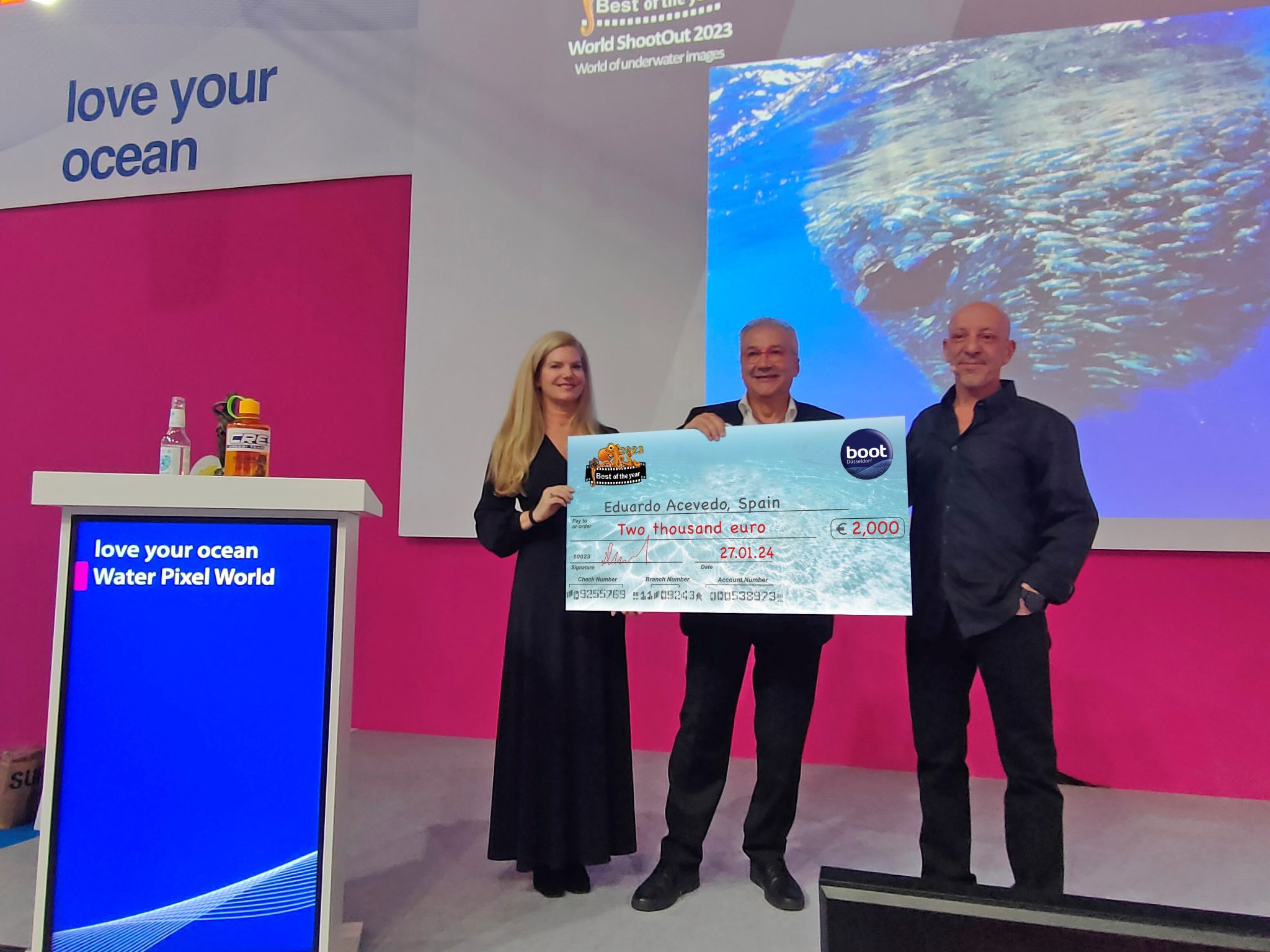
The winners of the prestigious World Shootout 2023 underwater photography competition were announced at this year’s BOOT Show, captivating audiences at the world’s largest diving and water sports exhibition in Dusseldorf, Germany. Hundreds of photographers from 54 countries competed across nine categories, pushing the boundaries of creativity and technical skill.
Grand Prize Winners
- Picture of the Year: Spanish photographer Eduardo Acevedo “secured” the top Honor with the prestigious prize the “boot Dusseldorf Director’s Prize, earning an Andromeda statuette and a €2,000 cash prize.
- Best 5 Images Portfolio: Luc Rooman from Belgium triumphed in this category, winning a dream 4-week diving trip for two to Papua New Guinea, valued at $18,900.
- Amateur Photographer: Alexandra Ceurvorst from the USA impressed the judges with her talent, taking home the 1,000 € cash prize award.
Celebrating Diversity and Innovation
This year’s competition saw 11,680 entries from 964 photographers, showcasing a remarkable spectrum of skills and perspectives. From the intricate wonders of Macro photography to the beauty of “Black Water”, the “Underwater Fashion” category added a touch of artistry and innovation, while the ever-important ” Environmental & Conservation” category served as a powerful reminder of the need to protect these fragile ecosystems.
Looking Ahead: AI and Ocean Conservation
World Shootout founder and producer David Pilosof unveiled an exciting addition for the 2024 competition: this year the Environmental category will be focusing on the impact of plastic on our oceans and future.
This category will embrace the potential of AI or other editing software as a tool to amplify the conservation message.
Entrants will submit campaigns of three original underwater photographs dealing with plastic pollution, along with their final AI assistance processing. This innovative approach encourages artistic expression while raising awareness about a critical environmental issue.
Explore the Stunning Collection
Discover the complete album of competition entries by clicking here.
For Low-resolution photos of finalist entries in eight categories, click here.
-
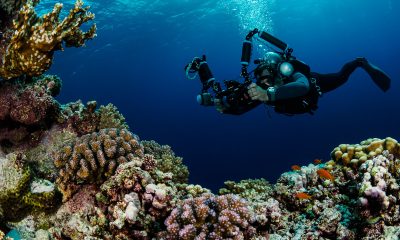
 News3 months ago
News3 months agoHone your underwater photography skills with Alphamarine Photography at Red Sea Diving Safari in March
-
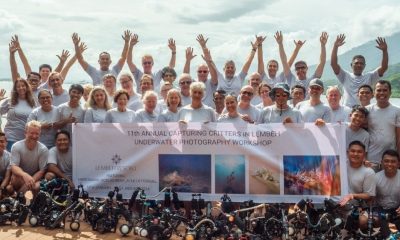
 News3 months ago
News3 months agoCapturing Critters in Lembeh Underwater Photography Workshop 2024: Event Roundup
-
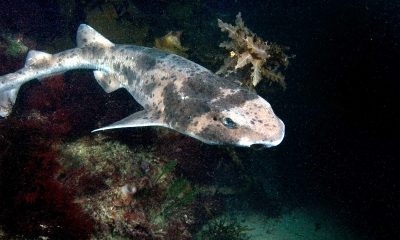
 Marine Life & Conservation Blogs2 months ago
Marine Life & Conservation Blogs2 months agoCreature Feature: Swell Sharks
-

 Blogs2 months ago
Blogs2 months agoMurex Resorts: Passport to Paradise!
-
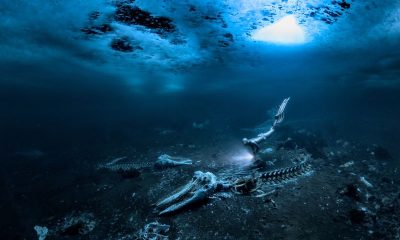
 Blogs2 months ago
Blogs2 months agoDiver Discovering Whale Skeletons Beneath Ice Judged World’s Best Underwater Photograph
-
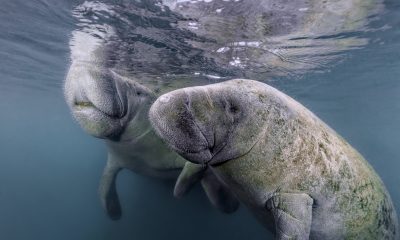
 Marine Life & Conservation2 months ago
Marine Life & Conservation2 months agoSave the Manatee Club launches brand new webcams at Silver Springs State Park, Florida
-
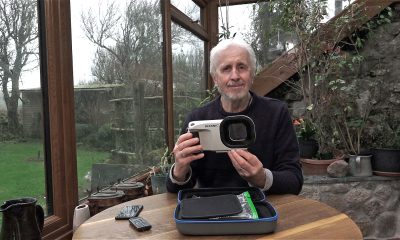
 Gear Reviews3 months ago
Gear Reviews3 months agoGear Review: Oceanic+ Dive Housing for iPhone
-
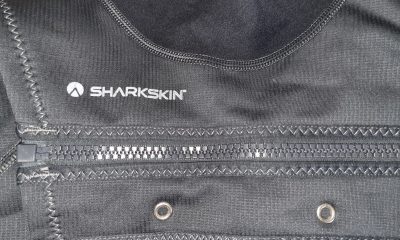
 Gear Reviews2 weeks ago
Gear Reviews2 weeks agoGEAR REVIEW – Revolutionising Diving Comfort: The Sharkskin T2 Chillproof Suit


